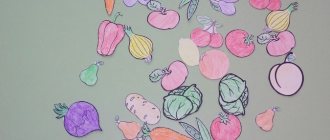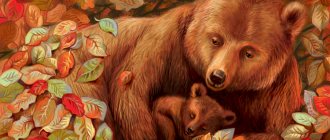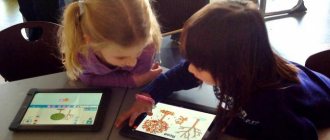Educational didactic game “Magic Circle”
Alena Chumak
Educational didactic game “Magic Circle”
Presentation of the author's educational game
Author's full name: Chumak Alena Sergeevna
Name of preschool educational institution: “D/S “Nastenka”
Game name: " Magic Circle "
Children age group: 2-3 years
Goals: creating a social situation for the development of children in the process of cognitive and play activities “ Magic Circle ”
;
children's sensory abilities (ideas about color, shape, size)
.
1. create conditions for the formation of an idea about the game “ Magic Circle ”
;
2. create conditions for the development of thinking , auditory attention and active speech of children;
3. create conditions for familiarization with wild and domestic animals and their food;
4. create conditions for familiarization with different geometric shapes and colors;
5. create conditions for enriching and accumulating children’s sensory experience during object-based play activities through games with didactic material .
Puzzle games
Mamysheva Svetlana Vasilievna
MBDOU TsRR D\S "Bell"
Abakan city, Republic of Khakassia.
Educator.
Games – Puzzles
Z.A Mikhailova, R.L Nepomnyashchaya
As is known, a child exhibits special mental activity in the course of achieving a gaming goal, both in class and in everyday life. Game-based entertaining tasks are contained in various types of exciting mathematical material. In the history of the development of methods for teaching children mathematics, quite a lot of similar material has been accumulated, some of it is accessible to preschoolers.
The manual contains tasks, games, and puzzles for working with children aged 4-7 years. The material is presented in a certain system, which is important for increasing the level of general mental development of children, preparing them for mastering a mathematics course at school, and for creative work in the future.
Entertaining mathematical material is also considered as one of the means that ensures a rational relationship between the teacher’s work in and outside the classroom.
Types of Puzzle Games
:
“TANGRAM”, “MAGIC CIRCLE”, “PYTHAGORUS’S PUZZLE”, “COLUMBUS’ EGG”, “
PIGGY”, “LEAF”, “VIETNAMESE GAME”, “PENTAMINO”.
Puzzle games develop:
Spatial representations;
Imagination;
Constructive thinking;
Combinatorial abilities;
Intelligence;
Purposefulness in solving practical and intellectual problems;
Puzzle games help children successfully prepare for school.
Each game is a set of geometric shapes. Such a set is obtained by dividing one geometric figure into several parts. You need to play according to the principle from simple to complex.
Making games is very simple. Transfer the drawing and cut it out, observing all proportions. It is better to use colored cardboard.
TANGRAM
This is an ancient Chinese game - a square divided into 7 geometric shapes. From these figures you can create a huge number of different silhouettes: a person, household items, toys, various types of transport, numbers, letters, etc.
MAGIC CIRCLE
The details of the game are obtained by dividing the circle into 10 parts. The game allows you to create silhouettes of people, pets, birds, fish, household items, etc.
All parts of the set must be used in creating the silhouettes. However, at first you may not require strict compliance with this rule.
Interest in the game increases when elements of competition are introduced: “Who can compose better,” “Who can do it faster,” “Compose better than me.”
PYTHAGOREAN PUZZLE
The Pythagorean Puzzles set includes 2 squares (large and small), 4 triangles (2 large and 2 small), and 1 parallelogram. A simple version of the game is to create a silhouette image by sequentially placing parts on a dissected sample. In the same way, you can obtain silhouette images using an undivided sample.
Children's master class on manual labor “Didactic game “Magic Circle. Guess the fairy tale""
Morozova Marina Yurievna
Children's master class on manual labor “Didactic game “Magic Circle. Guess the fairy tale""
Materials for the master class : colored cardboard, a set of colored paper, scissors, glue stick, printouts depicting fairy-tale characters .
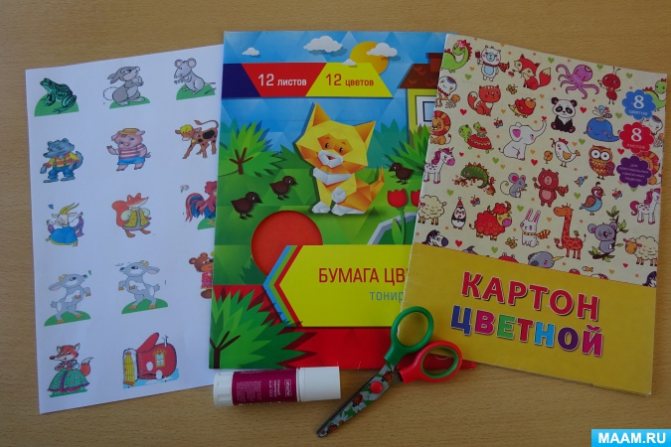
The master class was performed by the guys from the whole group in pairs.
At the preparatory stage of the master class, the guys cut out fairy-tale characters .
Nastya and Rodion carefully cut out the characters from the fairy tale .
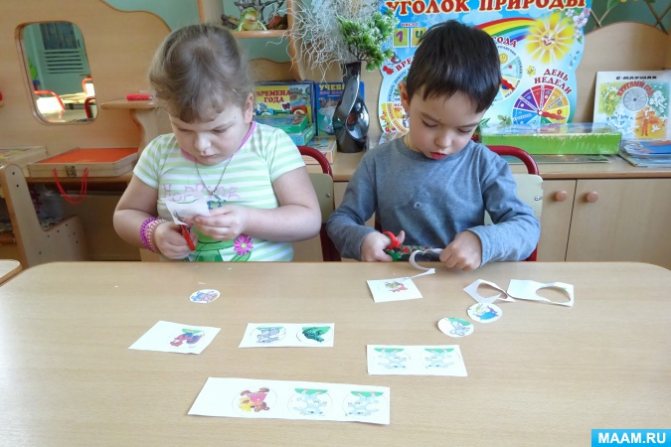
Makar and Yegor carefully completed part of their work.
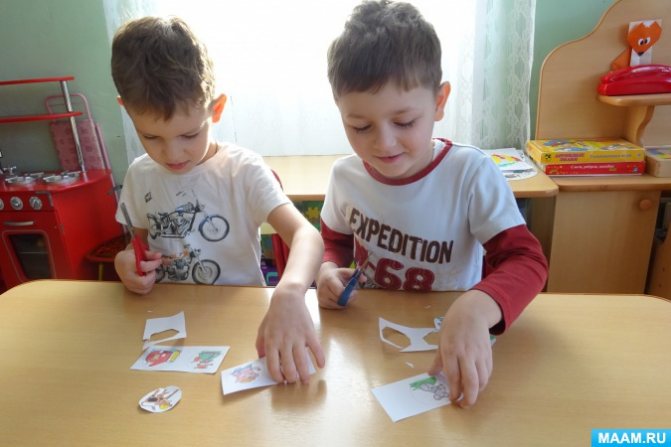
Martin and Zakhar took their task responsibly.
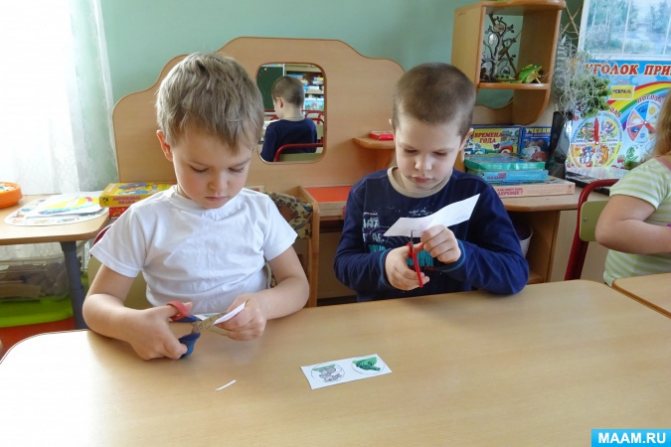
At the next stage, master class Makar and Rodion very carefully cut out two parts along the contour - round .
Rodion cut out a circle , divided into equal sectors. This is the base of " Magic Circle "
.
Makar carved a colorful rotating circle that overlaps the circle with sectors .
Didactic games for speech development “Magic Circles”
Relevance
The problem of speech in all its species diversity is relevant in preschool age. The most important condition for improving the speech activity of preschoolers is the creation of an emotionally favorable situation, a speech environment conducive to the emergence of a desire to actively develop their speech and participate in verbal communication. The closest, most accessible and exciting activity for preschoolers is play.
I bring to your attention my system of didactic games using circles of magic circles
The first version of the games: they are several circles of different diameters, strung on a common rod (like a pyramid). An arrow is installed at the top of the rod. The circles are movable. All of them are divided into the same number of sectors.
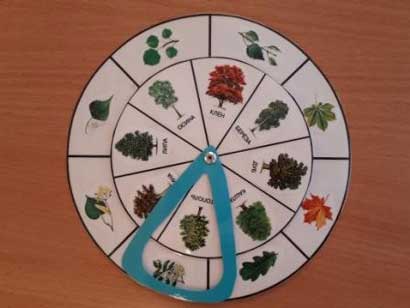
Second version of the game: 2 circles are placed in a special folder with a window and the child moves two circles.
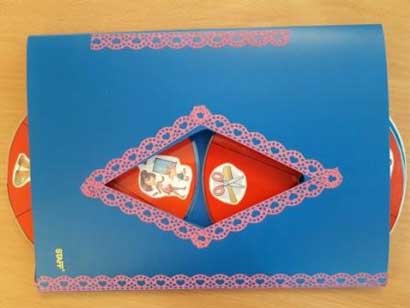
Tasks with “Magic Circles” (3 options)
(1st option: “Find a real combination.” Under the arrow, they combine pictures that form a real picture of the world. Make up sentences that combine these objects. Draw conclusions.
(2nd option: “Explain the unusual combination.” When spinning circles, consider a random combination of objects and explain the unusualness of their interaction as reliably as possible.
(3rd option: “Come up with a fantastic story or fairy tale.” Combining random objects serves as the basis for fantasy. It is proposed to compose a fantastic story or fairy tale.
Didactic game: “Whose baby?”
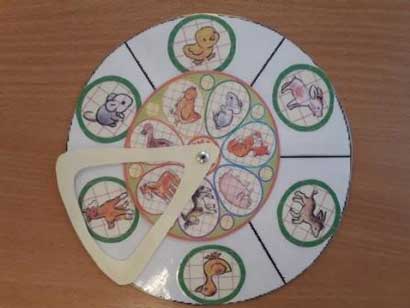
Option 1 . On the small circle, the teacher places pictures of animals (dog, chicken, fox, etc.), on the large circle - their cubs.
The real task: find the mother of the cub.
The child, at the request of an adult, names one of the animals depicted on the upper circle, then finds the image of its cub on the lower circle, names it and, turning this circle, combines them.
Option 2 . An adult spins in circles. For example, under the arrow there were images of a dog and a chicken.
Fantastic Task: think and say how a mother dog will care for a lonely chick (feed, warm, walk, etc.).
Didactic game: “Whose tail?”
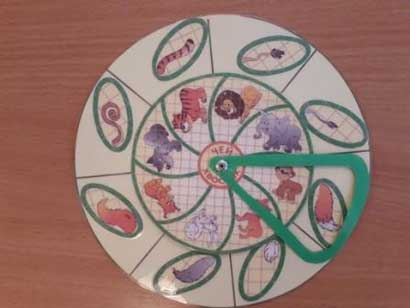
Option 1. On the large circle, the teacher places pictures of animals (squirrel, bear, wolf, fox, etc.), on the small circle - their tails.
Real task : find whose tail?
The child, at the request of an adult, names one of the animals depicted on the lower circle, then finds the image of its tail on the upper circle and, turning this circle, combines them.
Option 2. An adult spins in circles. For example, under the arrow there were images of a squirrel and a wolf's tail.
Fantastic task : think and say how the squirrel ended up with a wolf tail, for example: the wolf wanted to exchange tails... Here you need to pay attention to the use of adjectives in the correct form (squirrel, wolf...).
Didactic game “Visiting a fairy tale”
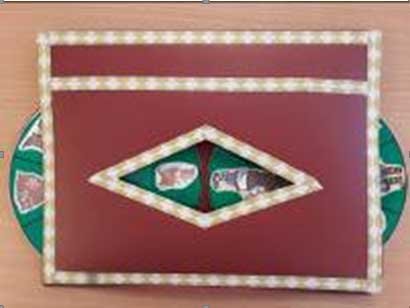
Option 1. On the large circle, the teacher places pictures depicting fairy-tale characters (B. Yaga, Pinocchio, etc.), on the small circle - the objects they used.
Real task : Pick the right item
The child, at the request of an adult, names one of the fairy-tale characters depicted on the lower circle, then finds on the upper circle an image of the item he needs.
Option 2. An adult spins in circles. For example, under the arrow there were images of B. Yaga and the golden key.
Fantastic task : think and say how B. Yaga ended up with a golden key, for example: B. Yaga wanted to steal the golden key and hide it so that Pinocchio could not open the magic door for them.
Didactic game “What kind of jam?” “What juice?”
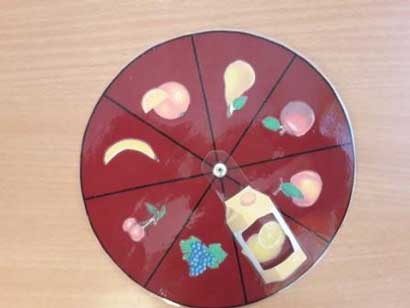
Goal: formation of lexical and grammatical categories; formation of adjectives from nouns; agreement of adjectives with nouns; enrichment and activation of the vocabulary.
Didactic game “Who lives where?”
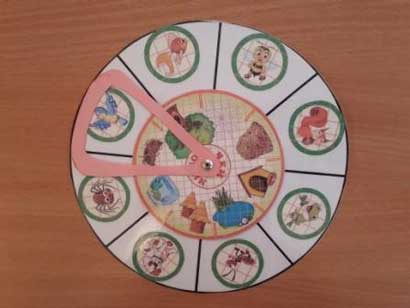
Goal: to consolidate children’s knowledge about animal homes. Consolidating the use of the grammatical form of the prepositional case with the preposition “in” in children’s speech.
Didactic game “Which tree is the leaf from”
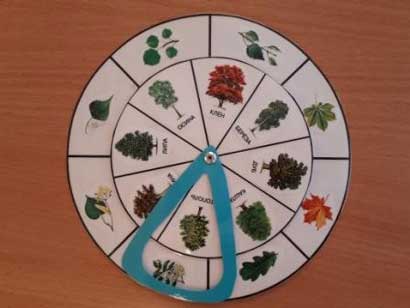
Goal : to reinforce with children the names of trees and the appearance of leaves; develop attention, observation, memory; cultivate cognitive interest.
Didactic game "Professions"
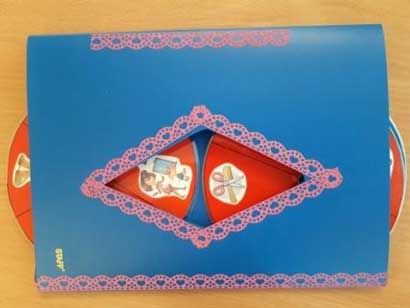
Goal: to expand children’s understanding of various professions, their names and types of activities. Introduce tools and tools needed by people of these professions and relate them.
Didactic game “Say the opposite”
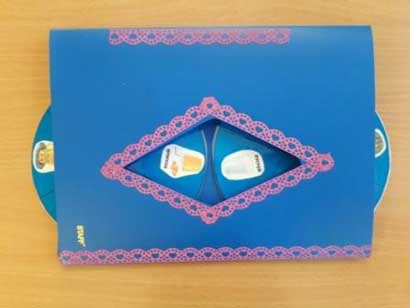
Purpose of the game: expand your vocabulary of antonyms.
Didactic game “Composing new words”

Goal: enriching children's vocabulary with nouns, taking into account the peculiarities of their morphological education.
Didactic game “Colorful world”
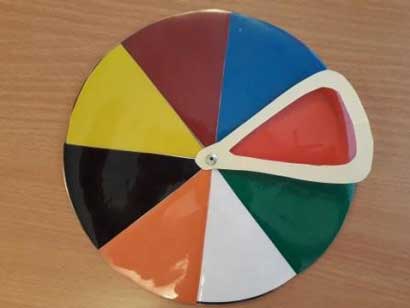
Purpose: to practice agreeing adjectives with nouns in gender and number.
By creating educational games with our own hands, we can individually take into account the needs of our children. And with the help of games, solve difficulties in speech development.
I think it is interesting for children to play with pictures that are arranged in a special way on circles. The unusual form of tasks allows you to teach a child not only to distinguish the characteristics of objects, but also to develop the ability to group, compare, analyze, generalize, concentrate, develop oral speech skills, and also helps to activate visual functions (skills of fixation, tracking, visual correlation). And most importantly, they create conditions for the child to feel like a creator, able to explain, compose, and gain faith in his success.

